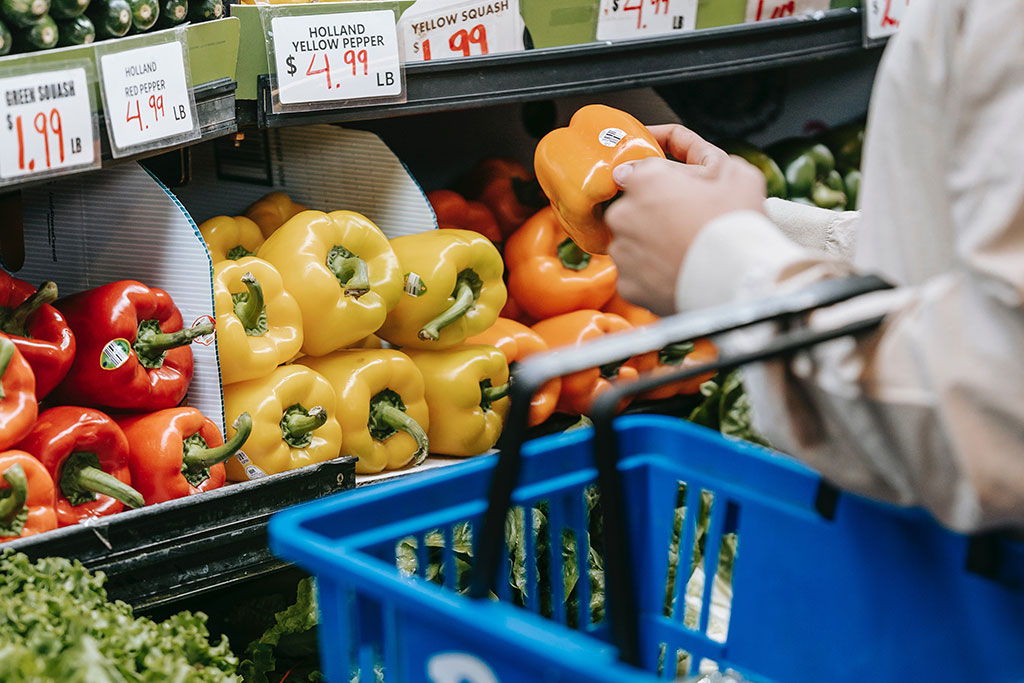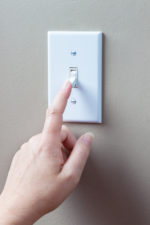Reduce Your Grocery Bill
With grocery prices higher than ever, it makes sense (and cents) to have a shopping strategy that takes a bite out of your food costs.
Expert shopper Kyle James of Rather-Be-Shopping.com offers these money-saving tips.

Shop on Wednesday
This is the day many grocery stores discount items that aren’t moving. But the sale day may differ, such as Tuesday or Thursday, depending on where you shop. Regularly tracking the prices of your groceries can help you anticipate when these items will be at a lower price.
Shop alone and satiated
When you shop on an empty stomach, you’re more likely to toss whatever looks good into your cart, especially expensive premade foods, snack items, and candy bars. Shopping with others can make this worse because each person is another potential impulse buyer.
Work the perimeter
The most nutritious foods, such as fruits and veggies, dairy, and unprocessed meats, are usually located on the perimeter of your grocery store, so try to stick to the store’s edges when shopping. One exception is seafood, which you should only buy frozen; the “fresh” seafood on ice has most likely been defrosted and marked up by as much as percent.
Use coupon apps
There are several shopping apps you can use to reduce what you spend on groceries. For instance, Ibotta gives you a cash-back bonus upon signing up and lets you score rebates on generic-brand foods like milk, produce, bread, and eggs. With Shopkick, you can get “kicks” (points) just for shopping at your favorite stores, which you can then redeem for gift cards at popular retailers like Amazon, Walmart, and Starbucks. Other apps you could try include Checkout and Fetch.
Stock up on staples
When nonperishable items like canned goods, rice, pasta, and cereal are on sale, take advantage of the opportunity to fill your pantry. Buy enough of them to last you until they are on sale again, and then purchase more.
Check bulk prices
It’s not always cheaper to buy in bulk. Grocery stores sometimes make bulk packages cost more per ounce than the same amount in smaller boxes, so be sure to compare prices before you buy. You can do this by checking the unit prices for the items you’re buying—which should be posted on a label or sign close to the product in the store— and aim to buy the items with the lowest cost per unit.


















